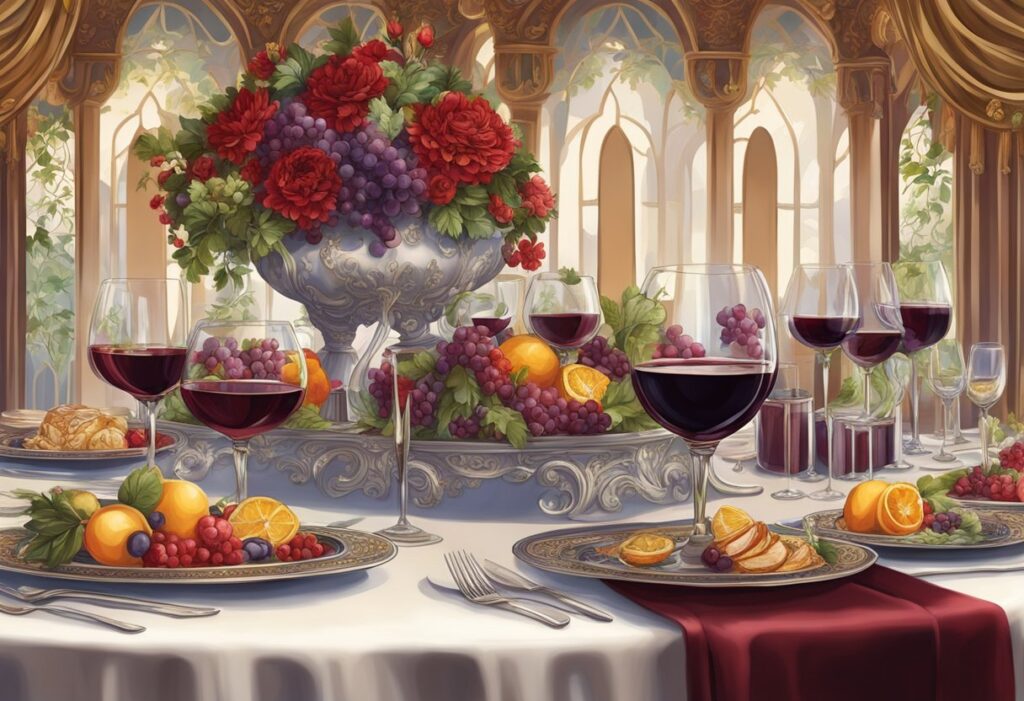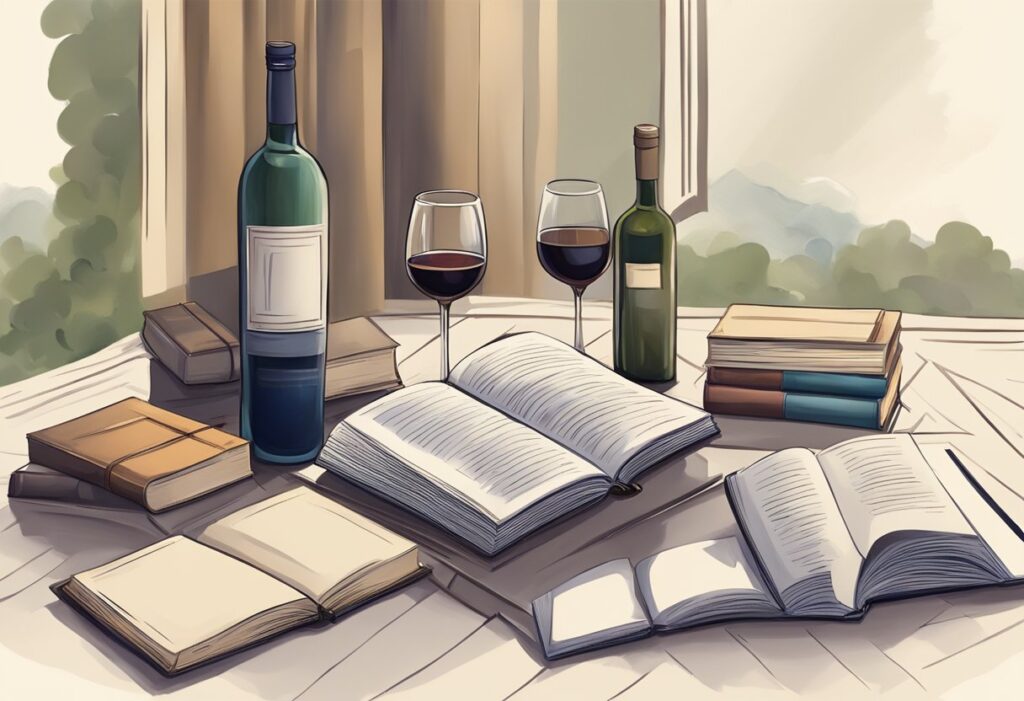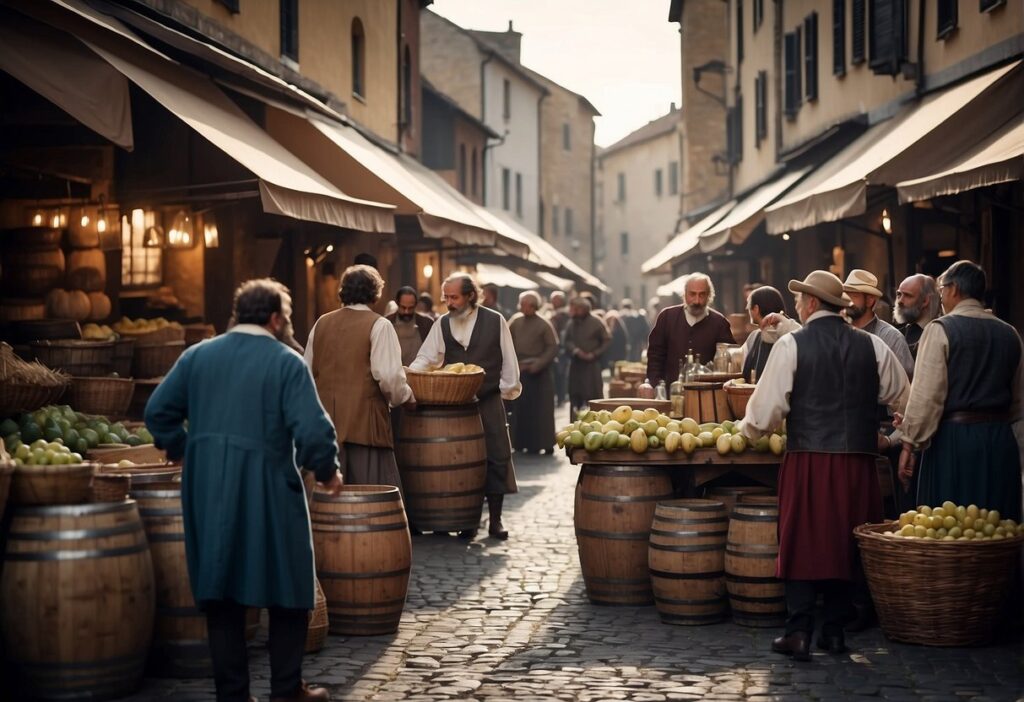Wine in Renaissance Art: Symbolism and Cultural Significance
Wine has been a multi-layered symbol in the tapestry of human history. Its influence extends into the realm of art, especially during the Renaissance period. It’s an embodiment of culture, heritage, and religion, bringing to the canvas a narrative of taste, class, and celebration. Renaissance art, with its focus on humanism, attention to detail, and […]
Wine in Renaissance Art: Symbolism and Cultural Significance Read More »









